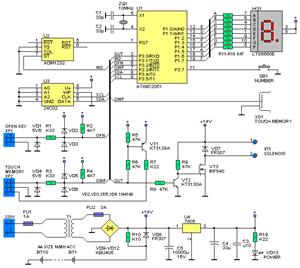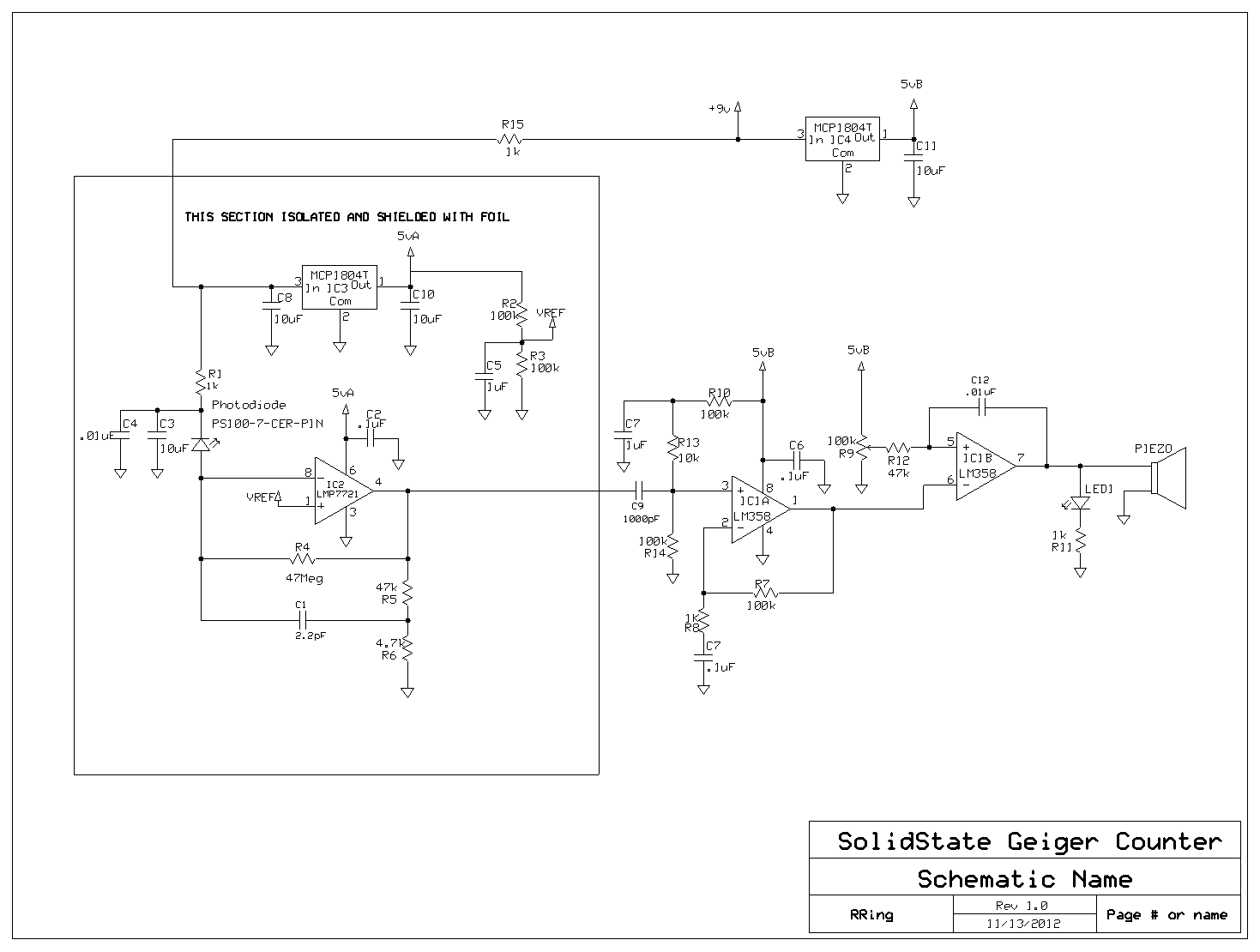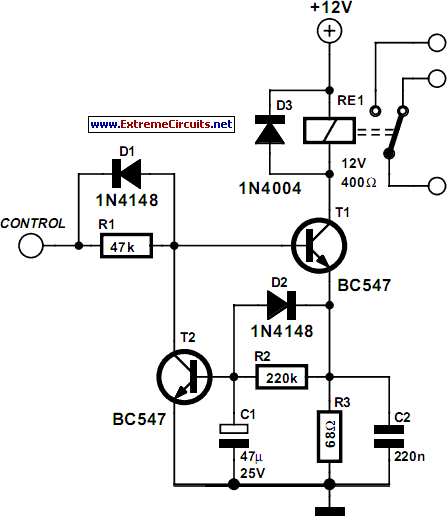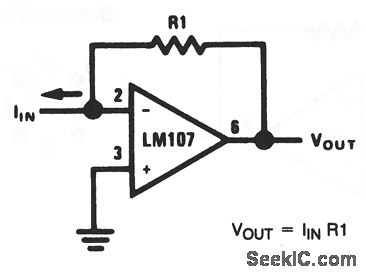
Solid State Free energy Basic
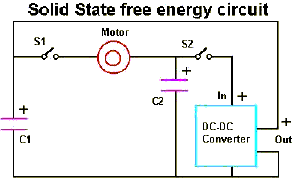
A circuit that utilizes capacitors to power a load, subsequently discharging a half-full capacitor into a DC-DC converter to recharge the initial capacitor, allowing the process to repeat while retaining some surplus energy.
This circuit operates on the principle of energy storage and transfer using capacitors and a DC-DC converter. The primary component, the capacitor, is charged to a certain voltage level and is capable of storing electrical energy. When the circuit is activated, the stored energy in the capacitor is used to power a connected load, which could be any device that requires electrical energy to operate.
Once the capacitor discharges to approximately half of its capacity, it is then connected to a DC-DC converter. The function of the DC-DC converter is to step up or step down the voltage as necessary, allowing for efficient energy transfer back to the capacitor. This converter is crucial as it enables the recharging of the initial capacitor from the energy that remains after powering the load.
The process is cyclical; after the capacitor is recharged, it can once again supply power to the load. This design not only allows for repeated use of the stored energy but also ensures that there is a surplus of energy available after each cycle, enhancing the efficiency of the entire system.
Key considerations in the design of this circuit include selecting appropriate capacitor values to ensure that they can handle the load requirements, choosing a suitable DC-DC converter that matches the voltage and current ratings, and implementing control mechanisms to manage the charging and discharging cycles effectively. Additionally, protection circuits may be necessary to prevent over-voltage or over-current conditions that could damage the components.
Overall, this circuit exemplifies an efficient energy management system that leverages capacitors and DC-DC conversion technology to optimize energy usage and enhance the performance of electronic devices.A circuit that uses the capacitors to run the load and then by discharging the 1/2 full capacitor into a DC-DC converter we can recharge the initial cap and start again. And have some energy left over. 🔗 External reference
This circuit operates on the principle of energy storage and transfer using capacitors and a DC-DC converter. The primary component, the capacitor, is charged to a certain voltage level and is capable of storing electrical energy. When the circuit is activated, the stored energy in the capacitor is used to power a connected load, which could be any device that requires electrical energy to operate.
Once the capacitor discharges to approximately half of its capacity, it is then connected to a DC-DC converter. The function of the DC-DC converter is to step up or step down the voltage as necessary, allowing for efficient energy transfer back to the capacitor. This converter is crucial as it enables the recharging of the initial capacitor from the energy that remains after powering the load.
The process is cyclical; after the capacitor is recharged, it can once again supply power to the load. This design not only allows for repeated use of the stored energy but also ensures that there is a surplus of energy available after each cycle, enhancing the efficiency of the entire system.
Key considerations in the design of this circuit include selecting appropriate capacitor values to ensure that they can handle the load requirements, choosing a suitable DC-DC converter that matches the voltage and current ratings, and implementing control mechanisms to manage the charging and discharging cycles effectively. Additionally, protection circuits may be necessary to prevent over-voltage or over-current conditions that could damage the components.
Overall, this circuit exemplifies an efficient energy management system that leverages capacitors and DC-DC conversion technology to optimize energy usage and enhance the performance of electronic devices.A circuit that uses the capacitors to run the load and then by discharging the 1/2 full capacitor into a DC-DC converter we can recharge the initial cap and start again. And have some energy left over. 🔗 External reference
